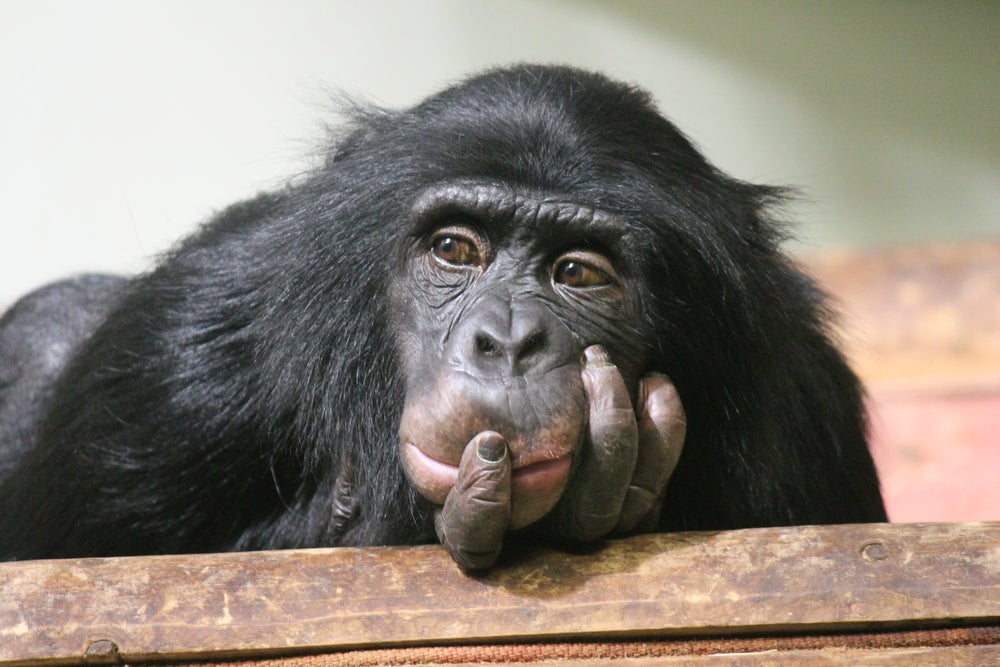
Researchers at the University of Oxford have developed artificial intelligence software able to tell the difference between individual chimpanzees in the wild.
As an endangered species, keeping track of the movement, social lives and behaviour of chimpanzees is important for researchers and conservationists.
Dan Schofield, researcher and DPhil student at Oxford University’s Primate Models Lab, School of Anthropology explains why this is key for research:
“For species like chimpanzees, which have complex social lives and live for many years, getting snapshots of their behaviour from short-term field research can only tell us so much. By harnessing the power of machine learning to unlock large video archives, it makes it feasible to measure behaviour over the long term, for example observing how the social interactions of a group change over several generations.”
This novel use of facial recognition saw the software trained using more than 10 million images from Kyoto University’s Primate Research Institute. From footage of chimpanzees in Guinea, West Africa, the software was able to recognise the primates with accuracy even in low lighting, or when the image is blurred or of poor quality.
Chimpanzee facial recognition technology creates opportunities for conservation
The new software will allow researchers and conservationists to reduce the amount of time and resources spent analysing video footage, and the same technology could be applied to other species.
How well do you really know your competitors?
Access the most comprehensive Company Profiles on the market, powered by GlobalData. Save hours of research. Gain competitive edge.

Thank you!
Your download email will arrive shortly
Not ready to buy yet? Download a free sample
We are confident about the unique quality of our Company Profiles. However, we want you to make the most beneficial decision for your business, so we offer a free sample that you can download by submitting the below form
By GlobalDataArsha Nagrani, co-author of the study and DPhil student at the Visual Geometry Group, Department of Engineering Science, University of Oxford explains that the scale at which the software is able to analyse footage was not previously possible:
“Access to this large video archive has allowed us to use cutting edge deep neural networks to train models at a scale that was previously not possible. Additionally, our method differs from previous primate face recognition software in that it can be applied to raw video footage with limited manual intervention or pre-processing, saving hours of time and resources.”
The use of AI in the study of animals in the wild has already had a positive impact on conservation.
Nonprofit tech organisation Wild Me has developed AI software called Wildbook, which is able to identify individual animals based on distinctive features such as their coat patterns. This helps researchers establish not only population sizes, but also preferred habitats and wildlife health.
Schofield added:
“With an increasing biodiversity crisis and many of the world’s ecosystems under threat, the ability to closely monitor different species and populations using automated systems will be crucial for conservation efforts, as well as animal behaviour research. Interdisciplinary collaborations like this have huge potential to make an impact, by finding novel solutions for old problems, and asking biological questions which were previously not feasible on a large scale.”
Read More: Orangutan conservation breakthrough pairs drones with space technology.



